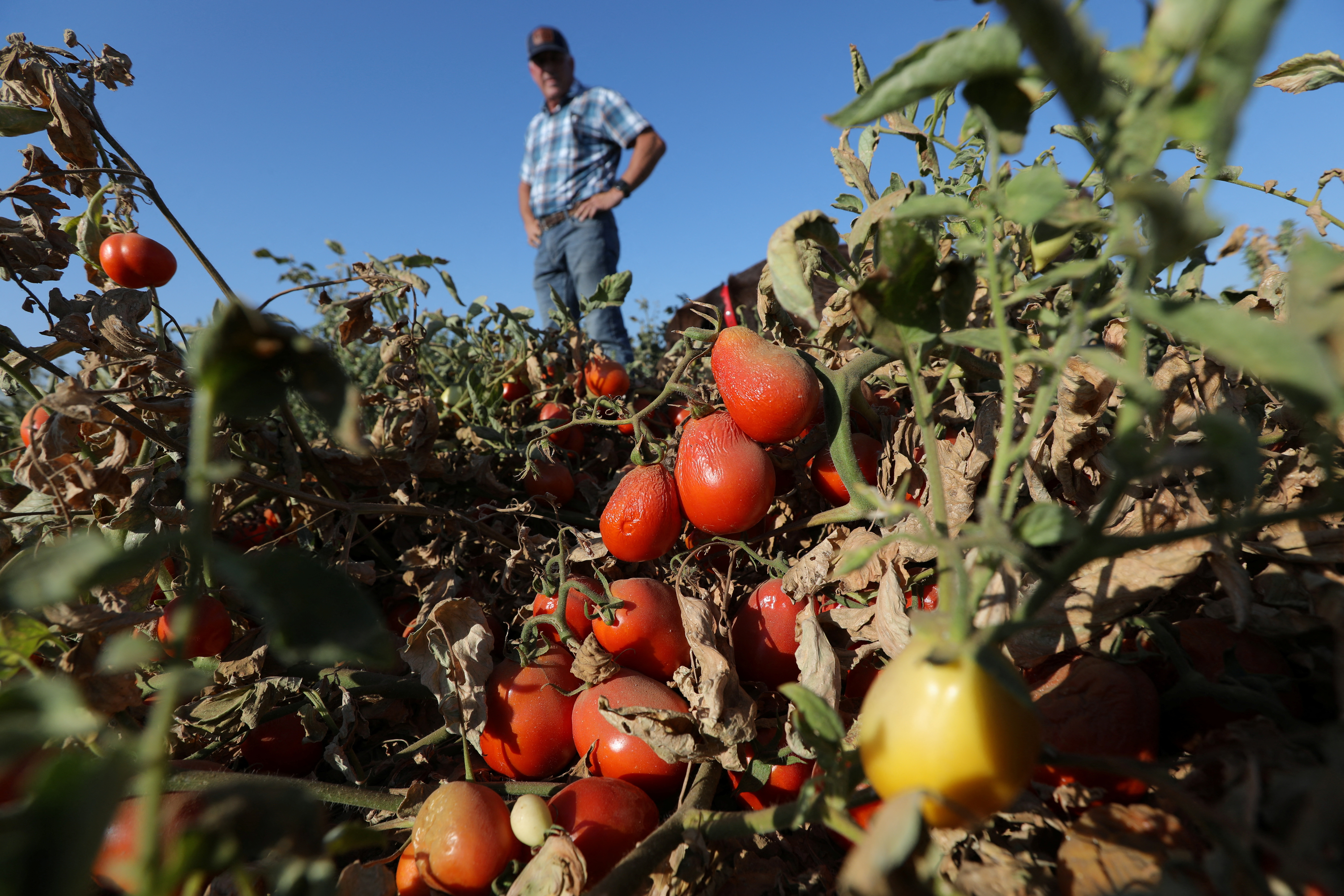Canada - Prairie crop insurance rundown 2019
06.05.2019 171 views
There’s good news on crop insurance for Prairie farmers this year — most premiums are down for 2019. Details were announced by Alberta, Saskatchewan and Manitoba officials earlier this year. Here’s the rundown:
Alberta
On March 11, Alberta Agriculture and Forestry Minister Oneil Carlier and Steve Blakely, CEO of Alberta’s Agriculture Financial Services Corporation (AFSC), announced that most of the province’s producers will benefit from lower crop insurance premiums for 2019.
“We strive to provide our clients comprehensive risk management products and an enhanced client experience,” Blakely said. “Declining premium rates for AgriInsurance… allow us to provide our clients with more value, allowing them to choose the right coverage to manage their risk for less.”
AFSC notes that although 2018 was challenging for growers in parts of Alberta, growing conditions have generally been good for the past several years. This has resulted in year-over-year premium reductions, and it’s also why yield coverages for many producers are up in 2019.
On average, 2019 crop insurance premium rates in Alberta are nine per cent lower than last year. This follows an eight per cent reduction in average rates in 2018.
AFSC’s 2019 spring price endorsement will include a 10 per cent deductible that was introduced in 2018. The incorporation of the deductible led to a 25 per cent decline in premium rates for protection on within-year commodity price declines of more than 10 per cent.
Alberta’s 2019 crop insurance program includes a couple of changes that have been introduced this year.
AFSC insurance product co-ordinator Jackie Sanden says cranberry dry beans are now insurable under production insurance, which will provide growers a yield guarantee based on their elected coverage level.
Sanden adds that organic producers are now eligible for insurance at the start of the year in the event that organic certification will be completed in the same crop year.
“They will need to provide a letter of transmittal or suitable pre-certification documents to AFSC by April 30 and also would need to provide their organic certification in the fall,” she says. “This provides producers coverage that reflects the production capability of the specialized organic management, as well as an insurance price indicative of the market value of their organic crop grown that year.”
Sanden says AFSC had paid out more than $428 million under its annual crop insurance programs for 2018 by the end of February.
She says AFSC is projecting just under 15 million acres of farmland in Alberta will be insured in 2019, bringing total crop insurance coverage to an estimated $4.6 billion.
Saskatchewan
In late February, federal Agriculture and Agri-Food Minister Lawrence MacAulay and Saskatchewan Agriculture Minister David Marit announced several enhancements to Saskatchewan’s crop insurance program and said coverage levels in the province have hit a record high in 2019.
The Saskatchewan Crop Insurance Corporation (SCIC) says average insurance coverage levels are increasing to $230 per acre this year, up from $216 in 2018. The SCIC cites improvements in crop production and higher-than-expected yields in 2017 as principal drivers for the coverage increase this year.
SCIC CEO Shawn Jaques says insured prices set for crops in Saskatchewan rose by just under one per cent on average in 2019 compared to last year, while the average premium rate for producers is down by an average of three per cent this year.
Jaques says due to coverage increases in 2019, the average premium per acre is up slightly this year. The average premium per acre has increased to $8.61 per acre, up from $8.41 in 2018.
The enhancements to Saskatchewan’s 2019 crop insurance program include:
Higher coverage levels for tame and native grazing, which will better reflect the losses during a shortfall in forage production.
The introduction of a new Corn Rainfall Program and changes in SCIC’s Corn Heat Unit Program, which will allow insured producers to cover their corn crops for as much as $300 an acre under either program or a combination of both.
Extending the seeding window for fall-seeded cereal crops to the end of September.
The addition of 55 new weather stations throughout the province, which will bring the total to 186.
Jaques says the additional stations will enhance the corporation’s data-collection system, adding that once the new stations are in place, all Saskatchewan farmers should be within 30 kilometres of a SCIC weather station.
“That’s quite significant,” he says. “It will mean (the weather network) should more accurately reflect what is happening on a producer’s farm.”
Jaques notes that many Saskatchewan producers faced weather challenges in 2018. There was too much precipitation in some areas and too little in others. Early snowfall also affected harvest operations in many parts of the province.
Jaques says total producer payouts under Saskatchewan’s 2018 crop insurance program are expected to reach $300 million, compared to $228 million in 2017. He adds that both figures are actually below average in terms of the amount of compensation SCIC typically pays to producers each year.
Manitoba
Federal Agriculture and Agri-Food Minister Lawrence MacAulay and Manitoba Agriculture Minister Ralph Eichler announced in January that AgriInsurance is expected to reach $2.8 billion on 9.5 million acres in Manitoba in 2019, the highest level of coverage on record.
According to the Manitoba Agricultural Services Corporation (MASC), which administers the AgriInsurance program in that province, insured dollar values or prices set for crops in Manitoba are up by an average of 1.7 per cent in 2019. That, combined with an average increase of 2.3 per cent in probable yields this year, means there’s a four per cent increase in coverage for insured producers in 2019.
MASC’s premium rates are down by an average of 7.1 per cent in 2019 compared to last year, due to low 2017 losses being added to the premium rate calculation as well as the growth of the AgriInsurance reserve funds.
David Van Deynze, vice-president, innovation and product support for MASC, points out there’s been a drop in average premium rates in each of the last three years.
“When that sort of thing happens, it means generally speaking that producers had some good years,” he says.
The ministers also announced several enhancements to Manitoba’s AgriInsurance program for 2019. These include:
The introduction of separate yield coverage for hybrid and open-pollinated fall rye, which will ensure coverage that better reflects the crop’s productive capacity.
A higher dollar value for seed potatoes to account for their higher cost of production and higher market value.
Expanding the list of crops eligible for organic insurance to include barley, field peas and hemp grain.
Higher dollar values for organic crops as a result of an update in how the values are determined.
Livestock and forage producers will benefit from a change in the way poor-quality forages are adjusted for claim purposes, which will result in payments that better reflect actual losses due to low quality.
More online services offered by myMASC, the corporation’s digital gateway for producers.
Van Deynze notes the AgriInsurance enhancements were largely based on farmer feedback.
“We take quite a bit of pride in trying to meet with almost all the producer groups that are working in Manitoba,” he says, adding farmers are asked what improvements they’d like to see in the crop insurance program.
“We don’t necessarily get all the improvements in any given year because there’s some budget restraints and those kinds of things that sometimes prevent that, but we certainly work towards making the improvements where it makes sense to do that.”
Van Deynze says it was a difficult harvest season for many Manitoba farmers due to challenging weather conditions last fall, “but at the end of the day, producers were able to successfully harvest almost all of their acres.”
Van Deynze says as of February, payouts under Manitoba’s 2018 crop insurance program had reached $70 million.
Source - https://www.country-guide.ca/













